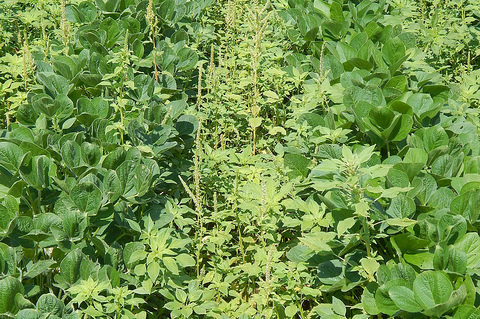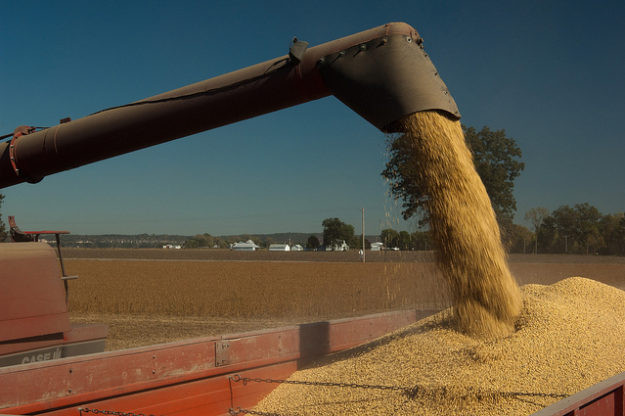Four Weed Management Tips for Post-Harvest
Want to get a jump start on a healthy, profitable crop for next season? Consider the four tips outlined in THIS ARTICLE from USB to help with weeds next year, including mapping and scouting, herbicide application, planting a cover crop and tillage.
Details












